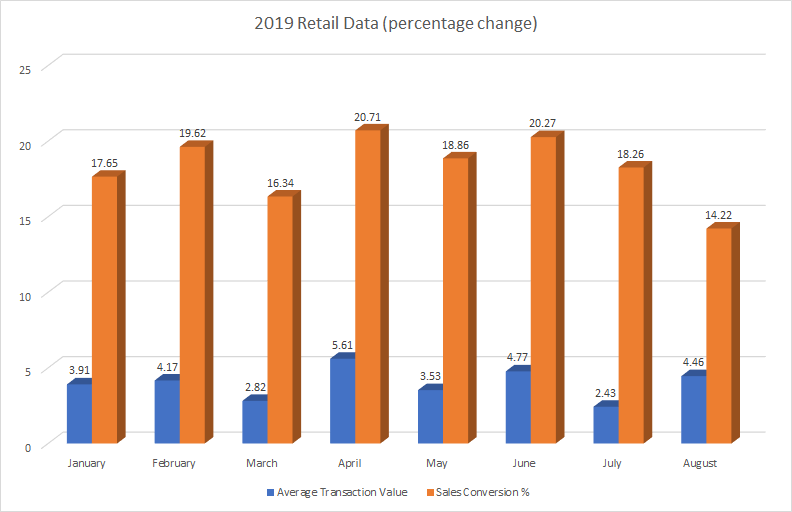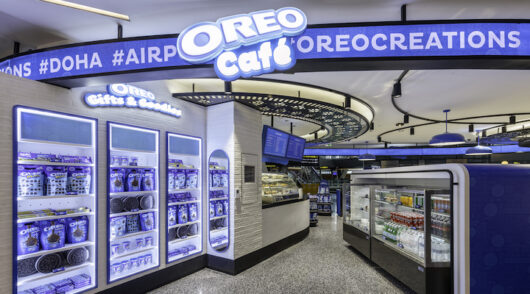
There has been much talk recently about the retail sector in Australia with many “experts” talking about a retail recession. The definition of recession is consecutive quarters of negative growth. Whilst we understand that retail is often cyclical with peak periods of the year and traditionally slower times, a like-for-like, year-on-year comparison across our retail networks shows that talk of recession is overly negative and not truly indicative of the current retail environment.
Although it is true that foot traffic in retail stores is down across all location profiles, this is indicative not of an economic downturn or consumers’ inability to purchase, but a seismic shift in consumer behaviour that retailers have failed to identify. The definition of madness is repeating the same action expecting different results, and that’s what we’re seeing with retailers applying old school theories and practices to what is essentially a modern problem. Today’s retail consumer is still 63 per cent more likely to purchase in a bricks-and-mortar store than online for various reasons across many retail verticals, in particular fashion where trying an item on for fit and the tactile response to certain fabrics are critically important to making a purchase decision. This is according to a 2019 report by Blis.
Traditionally, consumers were significantly higher up the sales funnel and would often browse many different stores knowing that they were looking for a top, but not certain of which SKU they were likely to purchase. With the rise of e-commerce and mobile phone shopping, this habit has shifted from offline to online as demonstrated by the decline in multi-store visit numbers. In short, when consumers visit a shopping centre, they’re going into fewer stores.
So, despite the fact that in-store traffic is down, consumers who do set foot in-store are far more likely to purchase than they’ve ever been. What’s more, so long as a retailer has adequate staff on hand to maximise service delivery, we’ve found that these consumers are prepared to spend more in store too!

Instead of cutting overheads by reducing staff numbers, retailers should be looking at optimal staff to customer ratios and rostering accordingly, while concurrently investing in training their floor staff to maximise up-sell opportunities and deliver a level of personal service likely to encourage customers to return to stores in the future.
This isn’t just theory. With the Kepler System in place, retailers that have committed to investing in their retail store network have seen like-for-like, year-on-year increases in transactions, ATV, revenue, and most importantly, sales conversion rates. Understanding and responding to this change in customer behaviour will deliver improved retail results across your retail network and will lead to a better customer experience for your shoppers.
To find out more about how understanding your customer behaviour can increase your retail network profitability, please feel free to contact us at Kepler Analytics here.





